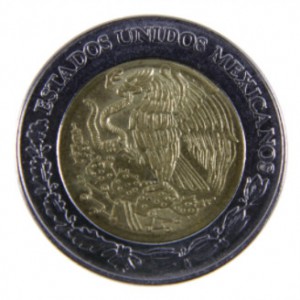
Coins are useful and necessary, but they’re also just generally beautiful. From pandas to presidents, the designs on coins are what really make them stand out to young coin collectors.
But exactly how are coins designed? We’ll look at the process of the United States Mint to learn exactly how these beautiful coins come into being.
It all starts with a law…
The United States Mint is part of the U.S. Treasury and gets its the power from Congress. Each coin series the Mint undertakes must first be authorized by Congress, including the general theme of the coin (like the state quarter series), the face value of the coin and the amount of years the coin will be minted.
The U.S. Roosevelt dime, for example, was proposed in legislation after the death of President Franklin Roosevelt to honor his work in the fight against polio, a debilitating childhood disease that was common during Roosevelt’s youth and which he was handicapped from.
Then comes the sculptor-engravers…
Once a coin is commissioned and approved by Congress, the coin design process moves over to sculptor-engravers at the U.S. Mint in Philadelphia. Sculptor-engravers are artists that are trained in creating three-dimensional art. There are just seven engravers who work for the U.S. Mint.
Many of the most well-known coins were designed by sculptor-engravers who also sculpted famous statues across the country. Augustus St. Gaudens, for example, sculpted a famous statue of Abraham Lincoln that still stands in Chicago’s Lincoln Park, and he also engraved one of the most famous coins in American history – the St. Gaudens Double Golden Eagle.
Last, the technology.
There are two ways that sculptor-engravers design coins. In the traditional way, a sculptor engraves an image into a large round piece of plaster, over a foot in diameter. After review by two congressional committees, mint workers then scan this plaster coin with a machine that can make a large metal prototype, or a small stamp that will be used to mark the blanks of metal that will become coins.
The more modern way of designing coins is to design them on the computer. Engravers make the design in very sophisticated 3-D computer programs and this image is then transposed onto the metal prototype, like the traditional way.
Once the design is created into a metal stamp (also called a die), the Mint is ready to turn blank metal rounds into the coins that end up in your pocket. Coins around the world, in both government and private mints, are manufactured in similar ways.
It’s neat to think about all the work that goes into the coins in your pocket, not to mention the ones in your coin collection! Learn more about coin collecting, including how to learn the history of your coin.